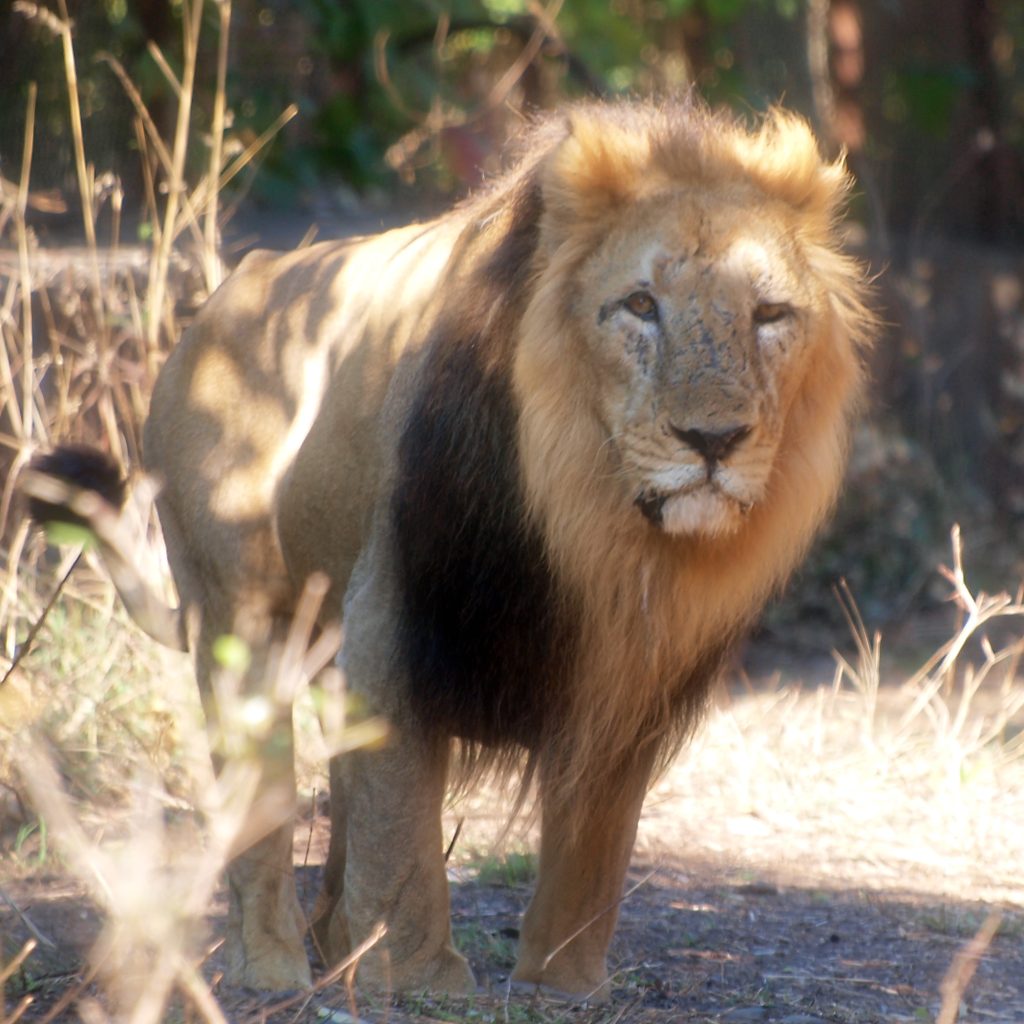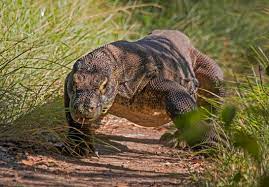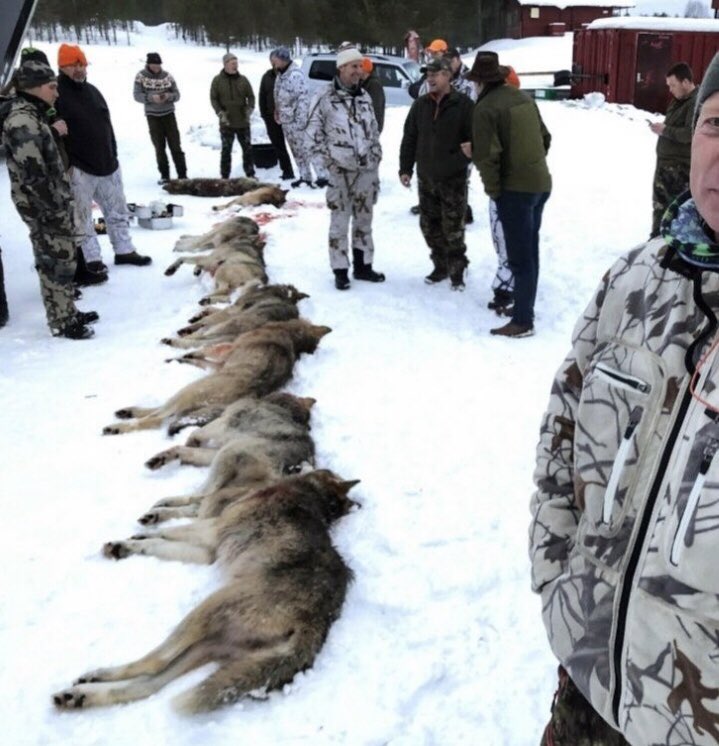It is a huge threat to a species if it is only found in one reserve. This I believe is common sense, and not hard to explain. If all the remaining members of a species live in one place, an unexpected event could wipe out the entire population.


Wildlife and conservation new, wild travel information and links for booking
It is a huge threat to a species if it is only found in one reserve. This I believe is common sense, and not hard to explain. If all the remaining members of a species live in one place, an unexpected event could wipe out the entire population.

The UK has had a problem with bovine TB for years. The problem has continued to be that many cattle are lost each year.
Badgers are blamed for carrying the infection between fields. It has been pointed out that cows are often not checked when bought or sold, and that the spread of the illness can often be attributed to this. Never-the-less, the British government has steadfastly continued on this plan for a very long time.
Continue reading “Despite all the evidence, the government is determined to placate farmers by killing a further 60,000 badgers and for what”Across much of the world where species are at risk of extinction there is an exploding human population. From Africa with rapidly growing populations in the east west and south, to Asia with growing populations in almost all countries, the biggest threat to the continued survival of wild species is the loss of habitat.
The thing is, that a rapidly growing population is generally an issue in countries which are poor. The reason for this is that they have lower standards of healthcare, and therefore less family planning.
As such, if the government were to set up a project which spend a couple of million educating educators in 50 countries across the third world, and supported the resulting work, the growth of the populations in these countries could slow or even stop and go into reverse. This would allow the standard of living to increase again.
Alongside these benefits, would be lower pressures on the wealth of biodiversity which so much of these countries economy is based around.
Importantly, this would be likely to have far more impact than it would cost.
Chartwell lectures needs to be careful. If it regularly hosts people like Matt Ridley and allows him to argue that there are more good impacts from global warming than bad, they are likely to lose their following.
In his lecture he identified the following positive outcomes of global warming, I will take each one and respond
Fewer winter deaths: it is true, that warmer winters could lead to fewer deaths. Unfortunately what has been shown so far, is that global warming makes the climate more changeable. As such, while as an average winters get milder there are more extreme cold periods. This inconsistency far from reducing deaths as is posited, is likely to increase deaths due to cold weather.
An increase in global plant growth: This is not as simple as made out. The accompanying increase in temperature is often a bigger impact on the plant – and in most tests, it has been shown that increasing carbon levels while initially having a surge of growth do not increase output permanently.
Fewer deaths from extreme weather: this is closely related to the first, and it is not true.
He then has the nerve to suggest that blame mainstream media from cherry picking.
It is alarming that these stupid views are still being given the space to be spouted. I hope that space for views like this are pushed out soon, as they are not true.
Declared extinct in 2003, recent genetic analysis shows that the Caspian and Amur tiger are so similar that they cannot be declared as sub species. As such, if the Amur tiger population continues to reboand it would be possible to translocate members west to restart the Caspian tiger population.
This should not be done though until the Amur tiger population is more stable.
Komodo dragons are the largest lizard that survives. Unfortunately, as they are found only on a series of islands amongst the Indonesia archipelago, sea level rise can quickly rob them of prime habitat.

As a result of this, they have been moved from vulnerable to endangered.
At the beginning of the year, a census showed that the population of wolves in Norway was about 81. This (you would think) is a population way to small to need a cull. Indeed at this population, you would think that even for trophy hunting, if you hope to be able to sell hunting permits again should be kept to single digits. In the Sierra de culebra is a hunting reserve: this reserve hosts around 80 wolves, and they allow at most 10 wolves to be hunted each year.
Norway announced that it would allow 51 wolves to be shot – about 60% of the population. This is totally insane, and indeed, they were taken to court. What is more ridiculous, is that the wolves live within the “wolf zone” an area of nature set aside to protect the predators. In virtually every country in the world, the idea of killing animals in an area set aside for their survival seems counter-intuitive. This zone makes up 5% of the country.
The appeal was rejected, and over the weekend hunts went on. A total of 9 wolves were shot.

This is foolish for Norway’s global reputation, as well as being foolish in terms of managing the local ecosystem. Furthermore, while a small level of culling may be required to control predation of livestock, Norway is likely to be able to make a great deal of money from wolf tourism – many people visit the country to see the wonderful scenery, and the return of the wolf could have increased these wild tourism numbers
Unfortunately all three Nordic countries have similar plans, with Finland suspending plans to kill 3 packs of wolves just last month – citing European legislation.
Sweden has shot most of their annual quota of 27 wolves (this is the country in which I had the best view of a wolf, by chance while sitting in a bear hide).
Pressure on the Nordic nations should be brought to bare, to halt this unnecessary slaughter from being repeated
In 2009 Nepal counted 121 tigers. in 2013 198 was counted – a 60% increase. There are thought to be around 240 individuals at this point.

As such target met.
Russia surveys their tigers every 10 years, but out of sync with the international aims. In 2005 between 423 and 502 tigers were thought to be present. in 2015 this had moved to 480-540. As such there is nothing like a doubling represented, but perhaps more success has been had since
Unsure
Federal protection for wolves has returned across much of the USA. A US District judge ruled that the US Fish and Wildlife service had failed to show wolf populations could be sustained in the Midwest and west without the protection he was removing.
Given the near eradication of the wolf in many places, this seems to be an understatement. The ruling does not affect (directly) the wolves of the northern rockys – areas of Montana and Wyoming, as well as small parts of a few other states. These remain under state jurisdiction.
Bizarrely, Biden (who has made an effort to undo many of the short-sighted moves of his predecessor, defended Trumps rules. They argued that wolves are capable of rebounding rapidly even if the population drops dangerously low – a foolish view, to say the least.
Of particular concern, 23 wolves have been killed in Montana, after they crossed out of yellowstone. The animals have no idea that they are leaving protected land, and arbitrary lines beyond which hunting is permitted can threaten the future of the animal in that part of America.
Trumps move was both way to soon, and without any controls. There are still many states, where wolves are still missing or only just beginning to recolonize -they were once found in all states. In particular, California, Colorado, Oregon among others are just having wolves move back into the state. California currently only has about 3 wolf packs, so wolves are only recolonising. Their absence from California, alongside the grizzly has impacted the ecosystem, and their return should fix many problems